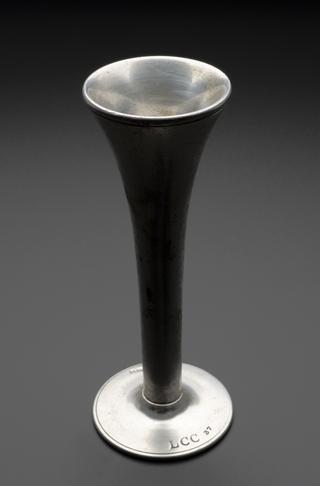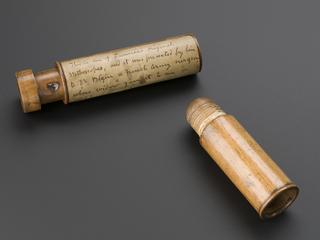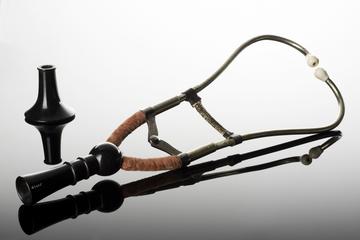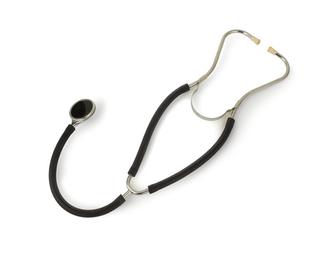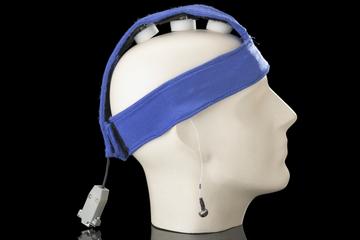




Percussor and ivory pleximeter (cased), English(?), 1831-1920.
Percussion involves tapping the patient’s chest to listen to the different tones. It was an early technique used to diagnose illness. The ivory pleximeter has its own scale. It was placed on the chest to receive the tap of the percussor. The scale may have measured distances on the chest to gain a more accurate diagnosis. This let the physician determine what part of the chest was making what sound. Percussion as a diagnostic tool was widespread in the 1800s.
The technique was invented by Leopold Auenbrugger (1722-1809) in 1761. It was not widely practised until his Latin work was translated into French in 1808 by Jean Nicholas Corvisart (1755-1821).
Details
- Category:
- Clinical Diagnosis
- Collection:
- Sir Henry Wellcome's Museum Collection
- Object Number:
- A625191
- Measurements:
-
overall: 15 mm x 165 mm x 75 mm, .12kg
pleximeter: 8 mm x 56 mm x 34 mm, 0kg
percussor: 19 mm x 152 mm x 60 mm, .08kg
- type:
- percussor
